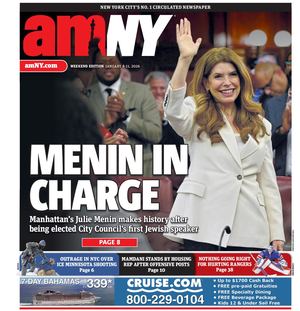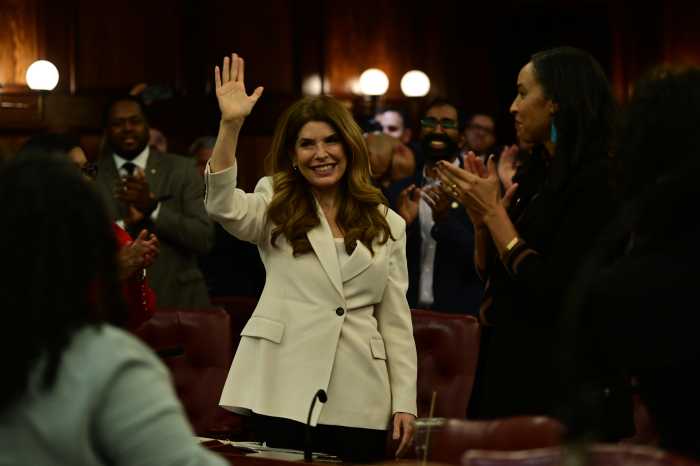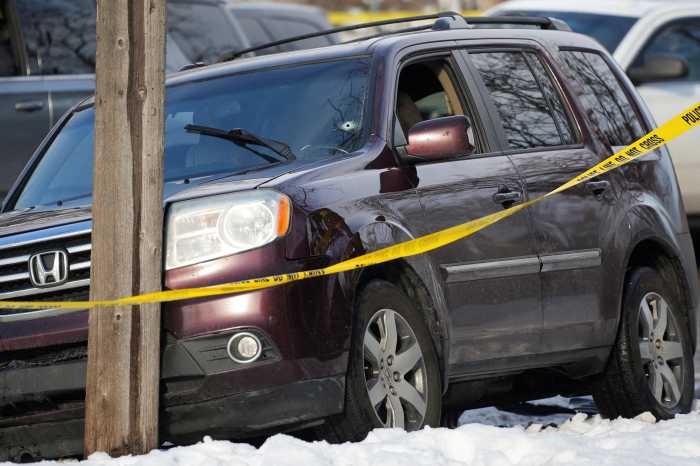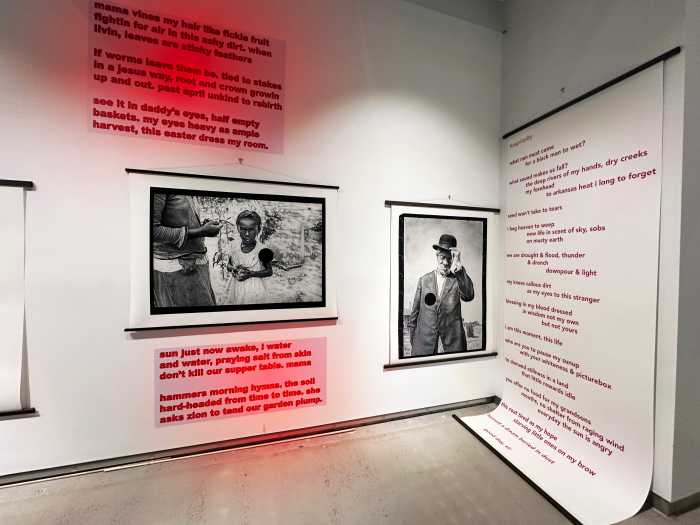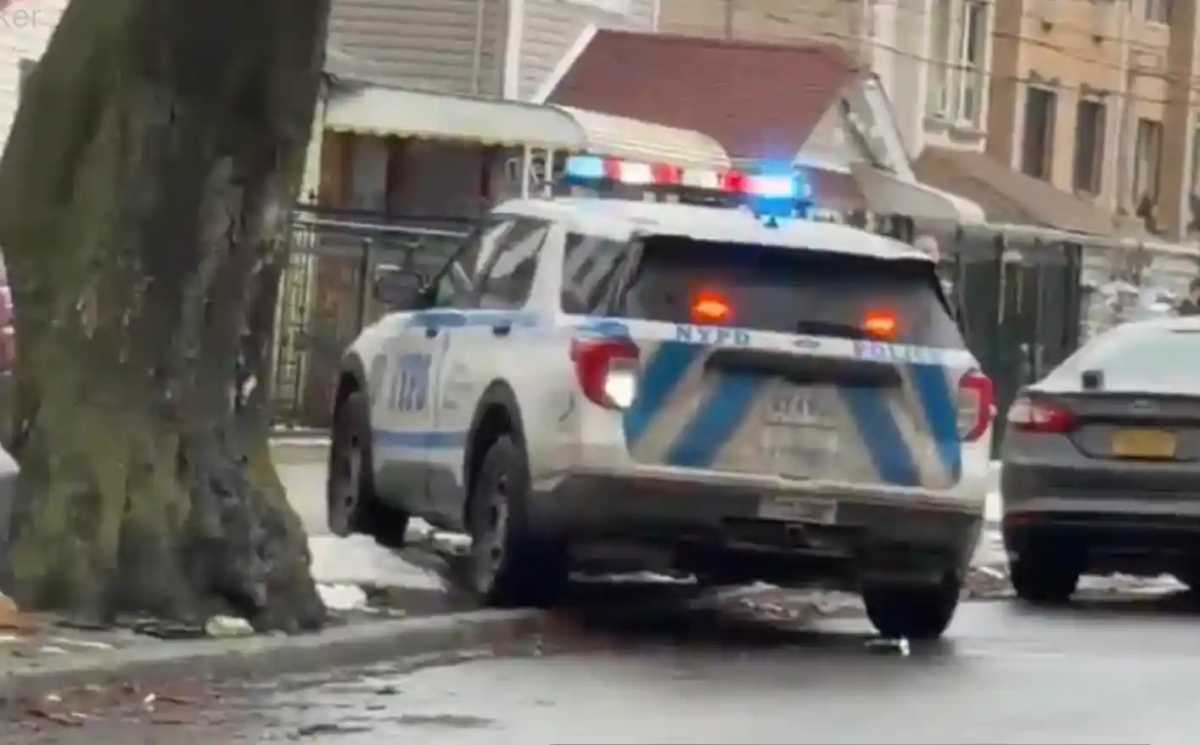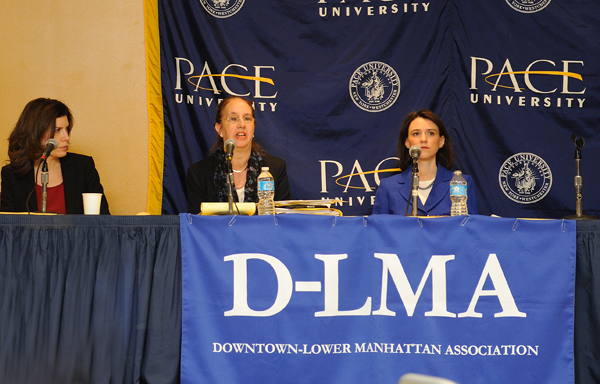
Gale Brewer, Jessica Lappin and Julie Menin participated in the forum. City Councilmember Robert Jackson, who is also running, was in the Dominican Republic that morning “on an annual humanitarian mission dedicated to promoting infant and youth health,” as he wrote in a prepared statement.
Three of the candidates are presently on the City Council. They are vying for a position being vacated by Scott Stringer because of term limits. Stringer is running for City Comptroller.
Brewer, 61, has represented District 6 — the Upper West Side and northern Clinton — for 12 years.
Lappin, 37, took office in January 2006 to represent District 5 — the Upper East Side and Roosevelt Island.
Jackson entered City Council in January 2002 to represent parts of Harlem, Washington Heights and Inwood, all in District 7.
The fourth candidate, Menin, 45, has never held elected office although she served for seven years as chairperson of Community Board 1 in Lower Manhattan.
“Scott Stringer has shown how much power there is in the borough president’s job and to literally shape the borough and have a big say in what gets built where,” Lappin remarked.
As part of the Uniform Land Use Review Procedure (ULURP), the borough president reviews all public and private land-use projects in Manhattan and can recommend approval or rejection of those projects. The borough president also makes an appointment to the City Planning Commission, which has a crucial role in shaping development in Manhattan.
In addition, the borough president appoints all Manhattan community board members, and administers portions of the city’s capital and expense budget, last year amounting to around $20 million. Oversight of quality of life issues such street repairs, housing code enforcement and parks maintenance are also within the borough president’s purview.
Menin said at the forum that she believes land use issues are pivotal to Manhattan’s future.
“Why do we have so many overcrowded schools in New York?” she asked. “Because when large-scale development is being approved, we’re not always looking at the nexus to local school seats and the fact that in certain circumstances, that might put 36 kids in a class and they might have no art room and no computer room.”
She said that she would like to reform the land-use review process.
Among other questions, Louis asked the candidates whether they supported the proposed Hudson River Park Neighborhood Improvement District and whether they thought housing should be built on the upland part of Pier 40 to support Pier 40 and the Hudson River Park Trust.
Lappin called the NID “an interesting idea” and Menin said that she thought it had “potential.”
“We need to look at all options to create revenue for the park,” Lappin said of the plan to impose a park tax on property near the river. “We need more ball fields and playing fields, and if the pier falls into the river, then it’s too late and we won’t get that space back. We need to compromise.”
Menin said that putting housing in a public park would set a bad precedent and that she looked forward to seeing more options to save the crumbling piers.
Brewer, whose district includes the upper portion of the Hudson River Park — a section called Clinton Cove — agreed that housing on the pier was a questionable solution to a thorny problem, and was less definite about the NID.
“There’s no question that the park needs money,” she said. “But the NID has to be worked out.”
She noted that, “The issue of ball fields is number one for many families. There’s not one public school that has enough fields in my district. I would hope that we could do something that doesn’t include high-cost housing on that pier. Is that possible? I think it is.”
Menin, who announced her candidacy in December, is the best funded of the four candidates. She has reached the funding limit of $1 million including expected matching funds. She came to the forum, which was sponsored by the Downtown-Lower Manhattan Association, with a pile of four-color brochures and a statement of accomplishments headed “Menin for Manhattan.” Brewer supplied her two-page biography from the City Council website. Lappin had no campaign literature to hand out.
In the past, some Manhattan borough presidents have used the position as a stepping stone to running for mayor of New York City — with more or less success. David Dinkins, for instance, was Manhattan borough president from 1986 to 1989 and mayor from 1990 to 1993. Ruth Messinger served as Manhattan borough president from 1990 to 1998. She ran for mayor in the last year of her term as Manhattan borough president, but lost to Rudy Giuliani.
